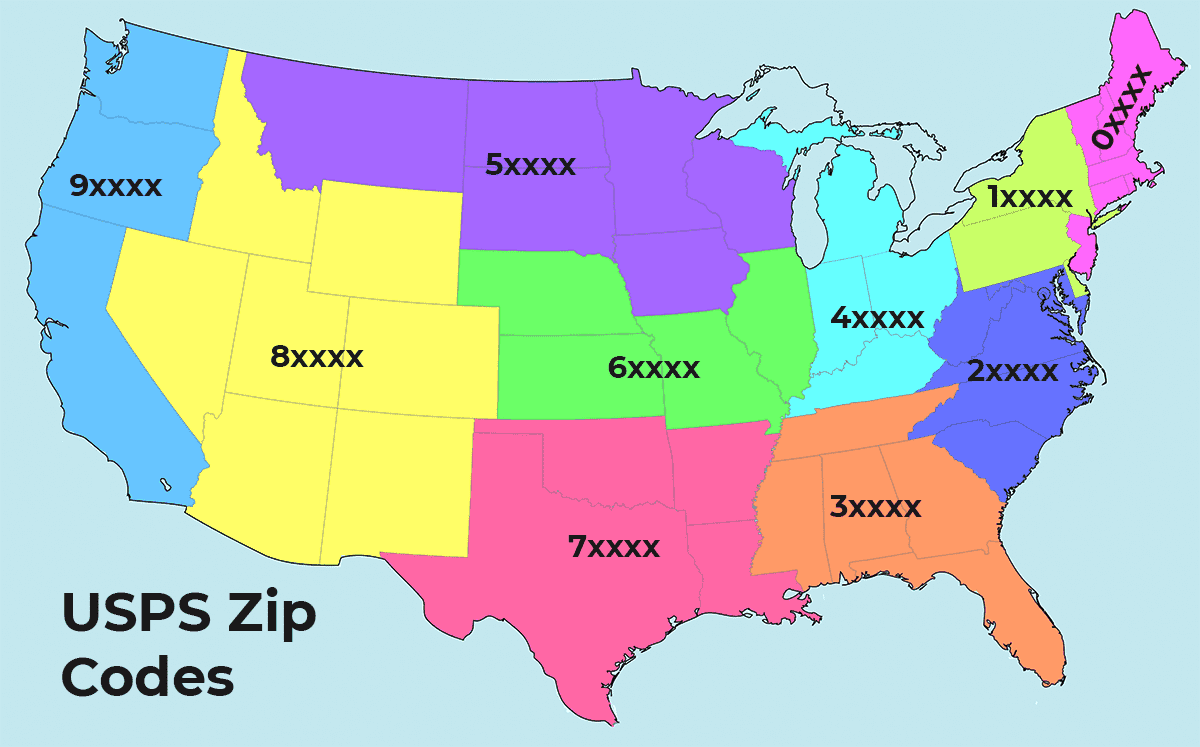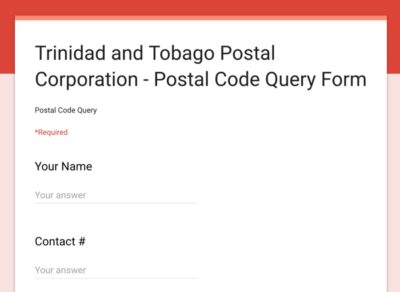
14 This increased to 96.3 percent in March the following year.
Postal 4 digit code code#
13īy end March 1997, the usage rate of the new six-digit postal code was about 85 percent of all mail delivered. It comprised two stamps: one with no value depicting the development of the postal code system, and the other on the six-digit postal code with a value of S$2. To mark the introduction of the six-digit postal code system, SingPost issued the Six Digit Postal Code commemorative collection in September 1995.
Postal 4 digit code software#
Organisations with large databases were given a free database conversion software to help convert old codes to the new ones. 11 New postal code information was also provided by automated machines. It distributed the new postal code directory for free, and launched an easy-to-use automated, speech-enabled Postal Code Helpline system on 16 April 2002. SingPost prepared the country for the transition to the new six-digit postal code system. The new system allows more mail to be delivered in a shorter time. The mechanised system automatically sorts mail based on the six-digit postal code and stacks the mail in order on trays for the postmen to collect. The centre houses state-of-the-art mail sorting technology that was purpose-built for mail processing. In September 1998, the mail-sorting operations at Chai Chee moved to the Singapore Post Centre located along Eunos Road 8. The postman then collected the mail for his beat and sorted it according to streets and apartment blocks, before arranging it in the sequence of delivery. It was further sorted manually according to the postman’s beat within that sector. Under the old system, mail was first sorted according to postal sectors.

The latter number is assigned according to the alphabetical order of the street name in each sector. The delivery point is the residential block number (for Housing and Development Board flats), or the number assigned to a private house or commercial building. The six-digit postal code consists of two parts: the last two digits (sector code) of the old four-digit postal code, followed by four new digits representing the delivery point within the sector.

7 The first two digits indicated the postal districts and the last two for the postal sectors. The four-digit postal code system sub-divided the existing 28 districts into 80 postal sectors. This was replaced by the four-digit system in July 1979. The two-digit system then divided the island into 28 postal districts. Singapore first adopted a postal code system in 1950.

With the new expanded system, SingPost would be able to provide postal codes for future housing developments. Each delivery point – a house, building or block of flats – is given its own identifying number. The previous system, on the other hand, could generate numbers for only 10,000 delivery points. The six-digit system enables the generation of one million numbers to cover the unique numbers of all delivery points in Singapore.

Postal 4 digit code manual#
However, manual sorting is still needed for incomplete addresses or if envelopes are flimsy or in odd sizes. The new six-digit postal system enables mail to be sorted directly into the sequence of delivery for each postman, thereby reducing manual sorting to just 17 percent. With mail volume projected to increase six percent annually, SingPost saw the need for increased automation to raise postal standards and to reduce manpower. It was introduced on 1 September 1995 3 to replace the previous four-digit code, which required 48 percent of mail to be sorted manually. The postal code system currently used in Singapore is the six-digit code. 1 It was adopted by Singapore Post (SingPost) with the aim of facilitating the automation of mail processing, in particular the mail-sorting system. The six-digit postal code system was introduced in Singapore in 1995.


 0 kommentar(er)
0 kommentar(er)
